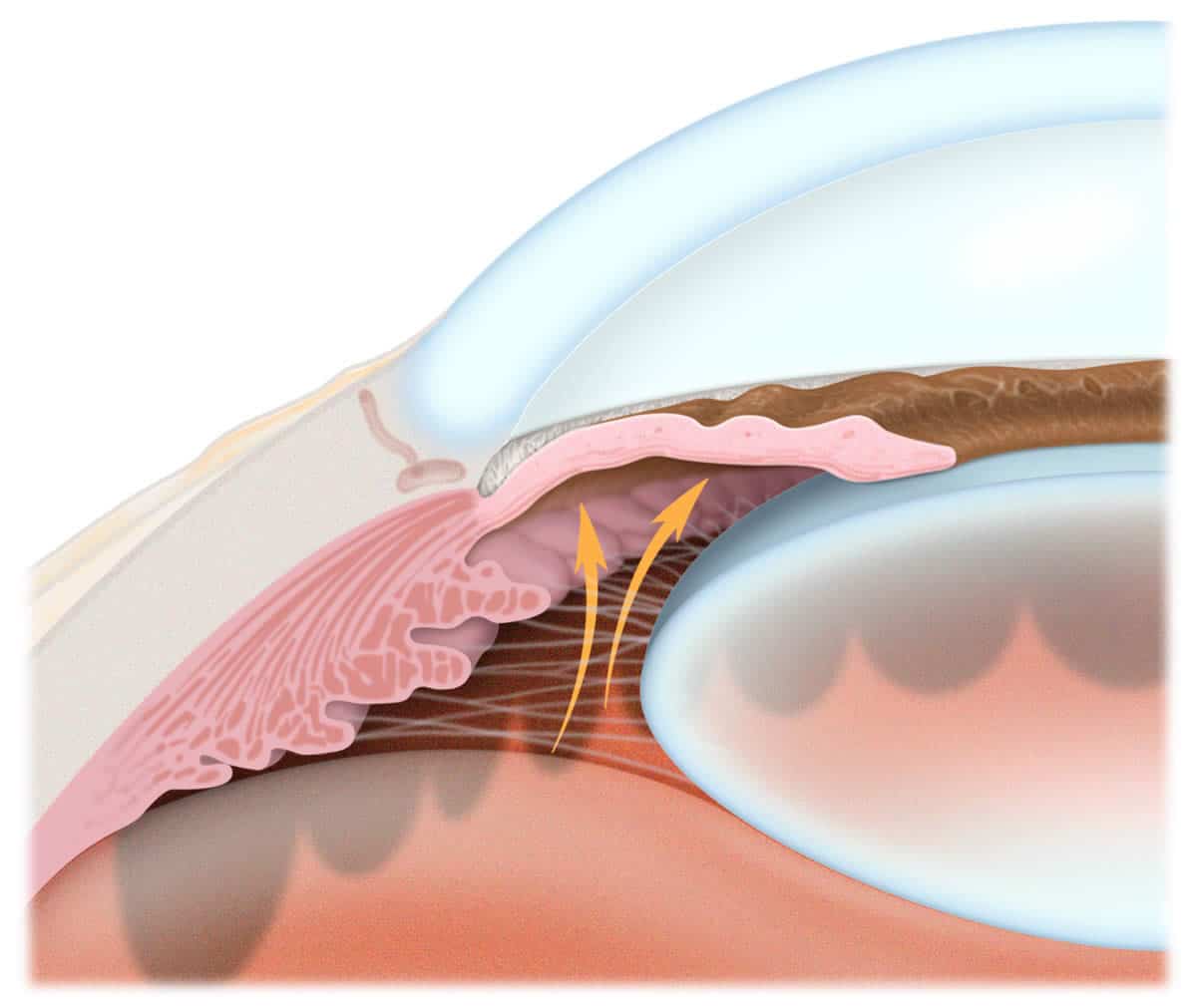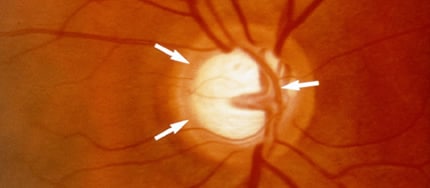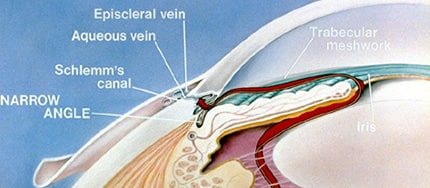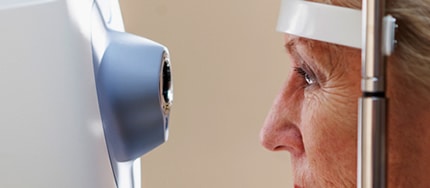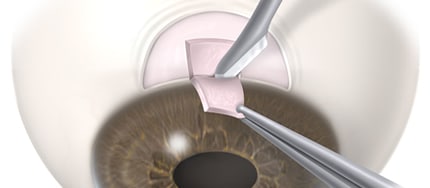Glaucoma Overview & Care
in Stockton, Modesto, & Manteca, CA

SCHEDULE AN APPOINTMENT
If you would like to learn more about Glaucoma Overview & Care
in Stockton, Modesto, & Manteca, CA call 1-800-244-9907 to make an appointment at Central Valley Eye Medical Group.
What is Glaucoma?
Glaucoma is a medical condition where the pressure within the eye is higher than what the eye can safely maintain, causing a progressive optic nerve damage that leads to vision loss. It is one of the leading causes of adult blindness worldwide. It is estimated that over three million Americans have some type of glaucoma and half of them do not know it. Although glaucoma cannot be cured, it can usually be controlled to slow the progression of vision loss.
FAQ
How Does Glaucoma Develop?
What Are The Different Types of Glaucoma?
Glaucoma can be grouped into two categories: open angle glaucoma and closed angle glaucoma. The trabecular meshwork functions as the drain of the eye and is located within the iridociliary angle of the eye. Identifying whether a glaucoma patients has an open or closed “angle” is important as it defines whether the drain of the eye is open or closed. This in turn affects the treatment needed.
Open Angle Glaucoma
Open angle glaucoma is the most common type of glaucoma and encompasses a group of diseases in which glaucoma develops despite an open angle. To differentiate between open vs closed angle glaucoma your eye doctor will conduct a special examination of your eye called gonioscopy. There are many types of open angle glaucoma but some common types include: primary open angle glaucoma, pigmentary glaucoma, pseudoexfoliation glaucoma, steroid induced glaucoma, hemolytic glaucoma, and angle recession glaucoma.
Closed Angle Glaucoma
Patients with closed angle glaucoma (narrow angle glaucoma, angle closure glaucoma) have a narrow or completely closed angle in which the trabecular meshwork no longer is functioning properly. This causes fluid buildup within the eye and higher eye pressures. There are many types of closed angle glaucoma but the some common types include: primary angle closure glaucoma, neovascular glaucoma, and chronic angle closure glaucoma.
Most patients with closed angle glaucoma have no symptoms but their slowly increasing eye pressures causes damage to their optic nerve over time. Some patients, however, can develop an acute angle closure attack (acute angle closure glaucoma) in which the pressure is normal one moment, but in the next can suddenly rise. This sudden change can cause severe pain, decreased vision, and rapid development of glaucoma. These attacks can be caused by dilation drops and certain cold, allergy, urologic, and anti-depressant medications. Prevention of these attacks in susceptible individuals typically require either a laser peripheral iridotomy or a cataract surgery.



